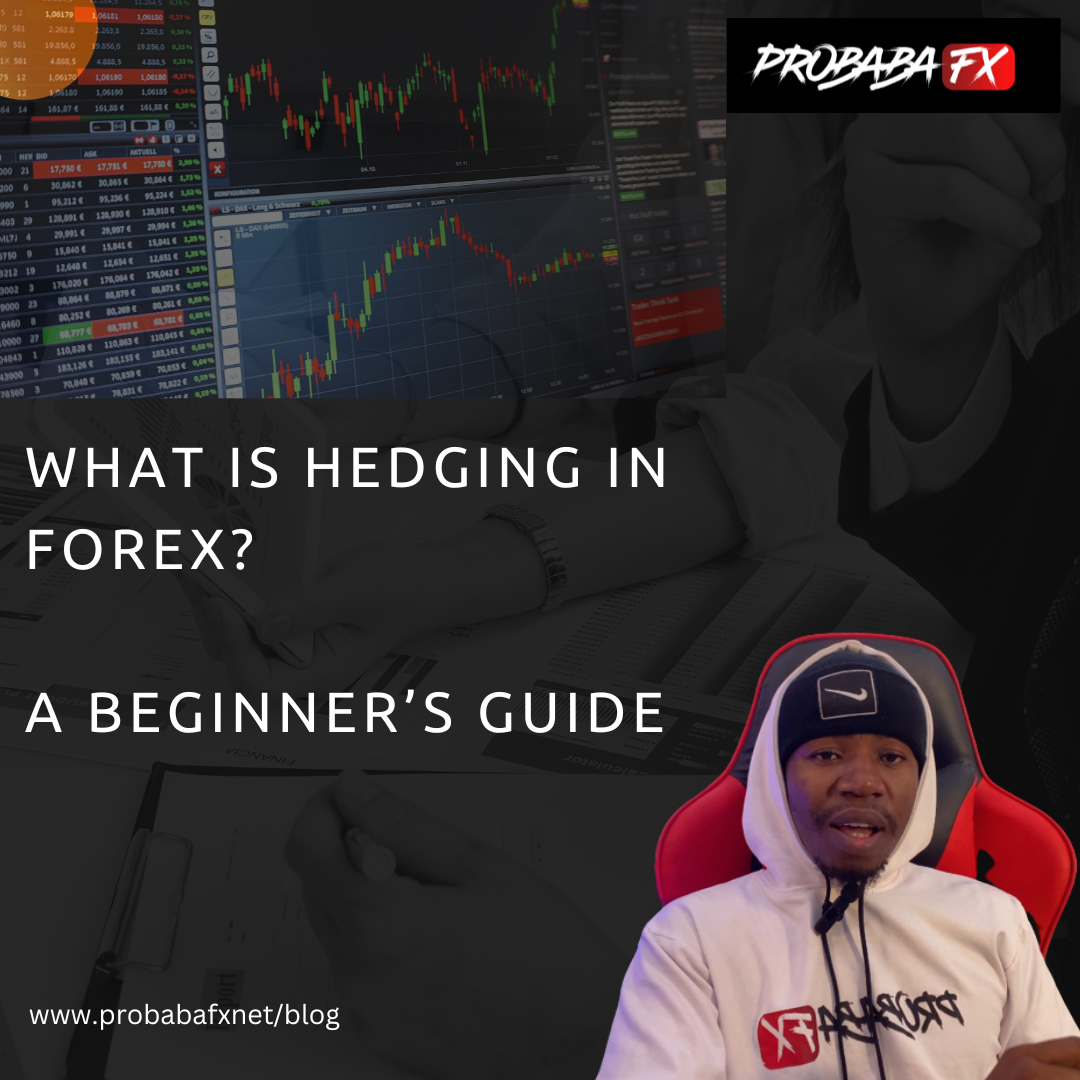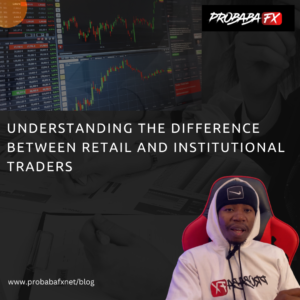What do Forex and FX stand for?
Forex and FX are both abbreviations for foreign exchange, which is the exchange of one currency for another. Forex (FX) also refers to the foreign exchange market, where the foreign currencies of the world are traded 24 hours a day, five days a week.
The foreign exchange market is not a centralized market but a market that exists wherever the trade of two foreign currencies is electronically taking place.
What is hedging in forex?
Most investors and traders will search for techniques to decrease the possible risk associated with the exposure of their investments. One such approach is hedging.
Hedging is the process of purchasing or selling financial instruments to offset or balance your present holdings and, as a result, minimize the risk of your exposure.
A hedge is a method used in forex to limit the risk of adverse price changes in currencies. Forex hedging is a strategy for reducing and minimizing your current exposure to various types of risk.
Hedging is short-term protection when a forex trader is worried about damaging news or unforeseen events in the world economy or politics, triggering volatility in currency markets.
By hedging against risks, different players in the forex market strategically take advantage of the available instruments in the market in order to offset unfavorable price movements.
However, keep in mind that hedging does not guarantee more profit or totally protect you from risks and losses. Although you will have considerable leeway in terms of lowering risk and streamlining the trading process,
It is also worth noting that hedging is usually appropriate for long-term trading.
Strategies for hedging in the forex market
Common strategies for hedging in forex trading are simple forex hedging, multiple currencies hedging, and forex options hedging.
Simple forex hedging strategy
By utilizing a simple forex hedging strategy, a forex trader opens the opposing position to a current trade. For example, if you already had a long position on a currency pair, for example, EUR/USD, you might choose to open a short position on the same currency pair. This is also known as a direct hedge.
A forex position is a commitment or exposure held by a forex trader in the forex market. It is a word for a trade that is now profitable or losing money, known as an open position, or a deal that has just been terminated, known as a closed position. Profit or loss on a position can only be realized once it has been closed.
A long position is when a trader expects the value of a currency to increase and buys it first to sell it later at a higher price. A short position is when a trader anticipates the price of a currency to decrease and, hence, sells the currency first to buy it later at a cheaper price.
Although you would preserve your initial position in the market in case the trend reverses, the net profit of a direct hedge is zero. If you did not hedge the position, terminating your trade would imply taking any loss. However, hedging allows you to profit on a second trade when the market swings against your first.
This hedging approach is known as a perfect hedge because it removes all risk connected with the trade while the hedge is operating. However, it also eliminates all possible profit.
Multiple currencies hedging strategy
In the multiple currencies hedging strategy, a trader selects two currency pairs that are positively correlated, such as GBP/USD and EUR/USD, and then takes positions on both pairs, but in the opposite direction.
For example, say you have taken a short position on EUR/USD, but decide to hedge your USD exposure by opening a long position on GBP/USD. If the euro did fall against the dollar, your long position on GBP/USD would have taken a loss, but it would be lessened by the profit from your EUR/USD position. If the US dollar fell, your hedge would offset any loss to your short position.
However, although you would have hedged your exposure to the dollar in the example above, you would have also opened yourself up to a short exposure to the pound and a long exposure to the euro. Therefore, multiple currencies hedging does come with its own risks.
If this hedging strategy is successful, your risk is reduced, and there is the possibility that one position might generate more profit than the other position makes in losses. Although the hedge is unsuccessful, you might face possible losses from the multiple positions.
This hedge strategy is generally more reliable when a trader is building a complicated hedge that takes many currency pairs into account.
Forex options hedging strategy
A forex option, also known as a currency option, provides the option holder (the buyer) with the contractual right, but not the responsibility, to exchange a currency pair at a preset exchange rate on a future date.
The holder must pay a charge (the premium) to the seller at contract formation to acquire the option.
This hedge strategy has the advantage that if the market moves against you, the option protects you by limiting and fixing the potential loss. On the other hand, you can still profit from favorable forex rates should the market move in your direction.
The risks of unpredictable losses can be removed with this strategy, and your loss will always be limited to the premium paid.
However, the option seller’s risk is potentially unlimited and therefore, is entitled to receive the fixed premium for taking over the risk.
Example
You have an option on a currency pair of EUR/USD that gives you the right to sell €500 000 and buy $600 000 on June 1. The agreed strike price is EUR/USD 1.10. (The strike price is the price at which the option buyer has the right to either buy or sell the underlying currency.)
You, as the option holder, will utilize the option if the exchange rate is 1.10 or lower on June 1. If the exchange rate of the EUR/USD currency pair drops to 1.05, then your profit is (1.10 – 1.05) x 500 000 = $25 000 if you exercise the option. You can also buy back euros in the forex spot market at an exchange rate lower than 1.05.
If the exchange rate was higher than 1.10, you were under no obligation to execute the option, and your loss would only be the fee (premium) you paid for the option.
Therefore, you eliminate the upside risk in EUR/USD by paying the premium, while you can still profit from a decrease in the exchange rate.
Conclusion
Although hedging is an important and useful strategy for limiting risks in forex trading, it should be planned and executed carefully. Preferably, it should only be used by experienced forex traders who are comfortable with market swings and timing.
Without ample trading experience in forex hedging, your trading account balance could be reduced to zero in no time at all.
#Forex Trading #Hedging #ProbabaFX




